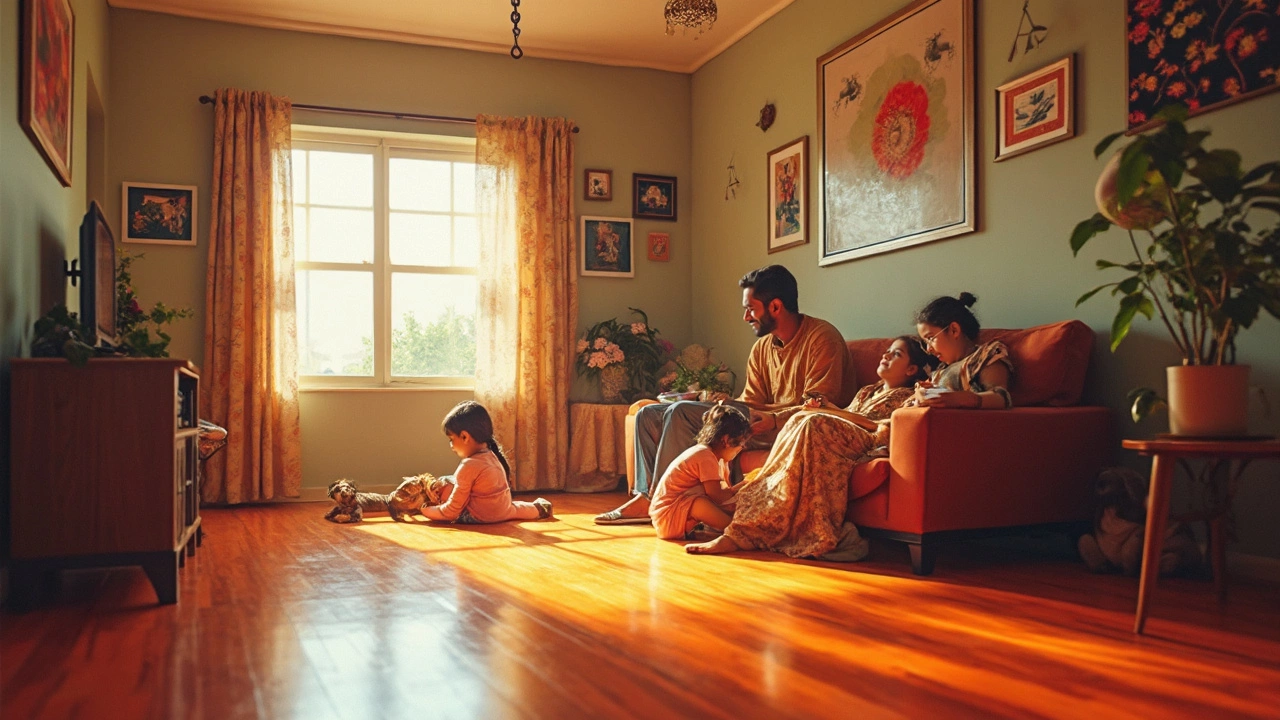Vinyl Flooring: Affordable, Durable & Stylish Floor Solutions
When working with Vinyl Flooring, a synthetic floor covering made from PVC that mimics wood, stone, or tile. Also known as luxury vinyl plank (LVP), it offers high durability, water resistance, and design flexibility. Proper underlayment, a thin cushioning layer that smooths subfloors and adds a moisture barrier is essential for a long‑lasting result. Homeowners often choose click‑lock installation, the tool‑free method that lets planks snap together because it saves time and money. Finally, current interior design trends, styles that influence color, pattern, and texture choices for flooring drive the popularity of vinyl in modern remodels.
Why Choose Vinyl Flooring?
Vinyl flooring packs a lot of benefits into a budget‑friendly package. It resists spills, scratches, and UV fading, which means kitchens, bathrooms, and high‑traffic areas stay attractive for years. Because the material is dense, it feels solid underfoot yet remains softer than ceramic tile, reducing fatigue when you stand for long periods. The water‑proof nature of vinyl also links directly to moisture‑control strategies, so you won’t worry about warping or mold growth when it meets a bathroom or basement floor. Moreover, manufacturers now offer realistic wood grain and stone textures, so you can achieve a high‑end look without the heavy cost or installation complexity of natural materials. In short, vinyl flooring encompasses durability, style, and ease of maintenance—all key factors in successful home renovation projects.
Installation is where many DIY enthusiasts find confidence. With click‑lock systems, you simply lay a level subfloor, roll out the underlayment, and snap each plank into place. No special tools or adhesives are required, which means you can finish a typical 200‑sq‑ft room in a weekend. For larger projects, a professional can still benefit from the same system because it speeds up labor and reduces waste. The process also pairs well with radiant heating, as vinyl conducts heat efficiently without expanding excessively. If you’re a first‑time renovator, the learning curve remains low, and plenty of online videos walk you through each step. This ease of installation directly influences interior design trends, as designers recommend vinyl for fast‑turnaround remodels that still deliver a polished aesthetic.
Choosing the right vinyl product involves looking at three main attributes: wear layer thickness, backing type, and design finish. A thicker wear layer (usually measured in mils) protects against dents and scratches, making it ideal for families with kids or pets. Backings can be cement‑bonded, foam, or composite; each offers different levels of cushioning and sound absorption. Finally, the design finish—whether matte, glossy, or textured—sets the tone for the room’s overall vibe. When you match these attributes to your specific needs, you create a floor that supports your lifestyle while staying on trend. Maintenance is simple: sweep or vacuum regularly, mop with a mild cleaner, and avoid abrasive tools. With proper care, vinyl flooring can look fresh for a decade or more, making it a smart investment for any home renovation.
Now that you understand the benefits, installation options, and how vinyl fits into broader design trends, you’re ready to explore real‑world examples. Below you’ll find a curated selection of articles that dive deeper into budgeting, DIY tips, design inspiration, and even how vinyl compares to other flooring choices. Browse the list to get actionable advice for your next project.
